15 Car Models That Went from Everyday Rides to Coveted Classics
Cars that were once seen as simple everyday rides have a way of becoming highly sought-after classics. Over time, these models often gain value and appreciation as they reflect a moment in automotive history. Some were once practical, budget-friendly options for daily commuting, while others served as performance machines for those seeking a thrill. As time passes and fewer examples remain, these cars evolve into symbols of nostalgia, offering something special for collectors. What once seemed like a standard option now stands out for its unique character, design, or engineering. The journey from a regular vehicle to a prized classic is not only about rarity, but also about how well the car holds up in the eyes of enthusiasts.
This post may contain affiliate links, which helps keep this content free. Please read our disclosure for more info.
BMW M3 (E30)
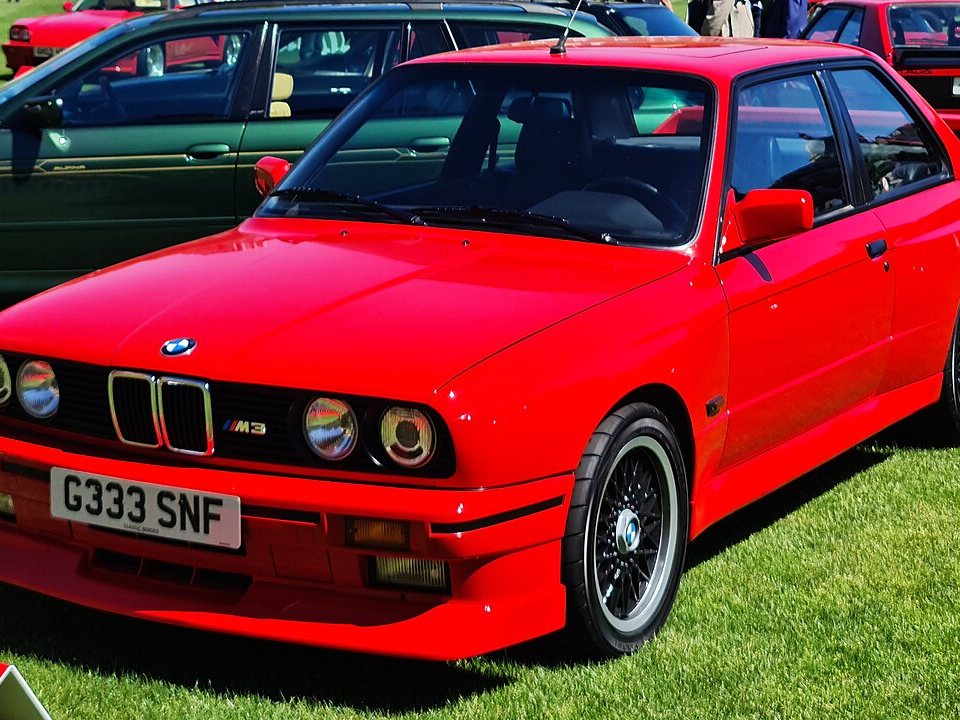
This model began as a performance version of the regular 3 Series and appealed to enthusiasts thanks to its high‑revving inline‑four engine and race‑derived roots. In the late 1980s it did duty as a daily driver for many fans of driving dynamics. Today a well‑conditioned example of the E30 M3 can fetch around $70,000 to $100,000 or more depending on mileage and originality.
It became sought after because of its relative rarity, motorsport pedigree and mechanical simplicity compared to modern counterparts. For collectors it represents a moment in automotive history when driver involvement was front and centre.
Toyota Supra (A80)
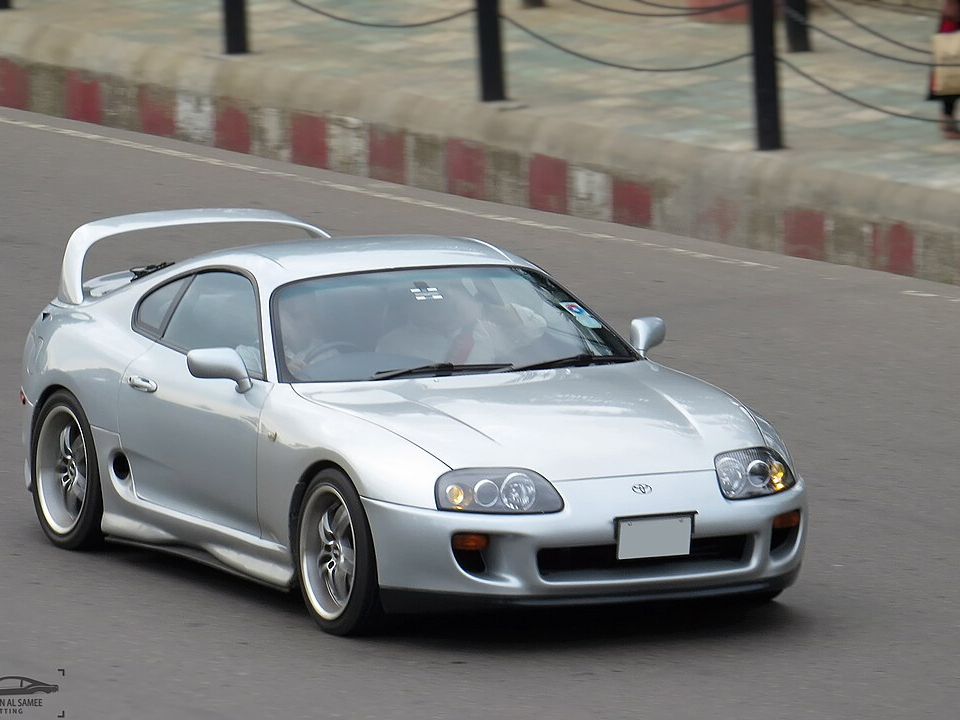
When new this fourth‑generation Supra was a sports car for the masses: turbocharged, rear‑wheel drive, and with a reputation boosted by culture and tuning. It served as daily transport for many fans who later modified them heavily. In today’s collector car scene, a clean unmodified example can command anywhere from $120,000 to $250,000+, especially if it has low miles and original components.
Part of its appeal lies in the fact that it proved resilient over time and gained a cult following. It shows how a car that started out as accessible for many drivers can change status when preservation, story and scarcity align. The upward trend in value reflects how nostalgia and condition play an increasingly large role in the market.
Porsche 911 (930/Turbo)

This generation of 911 introduced turbocharging in a production model and brought dramatic performance to what was essentially a road car. Many early users treated it as a spirited driver rather than a collector item.
Today the 911 Turbo (930) is highly desirable among enthusiasts. Original, low‑mileage cars in good condition often reach prices of $150,000 to $300,000 or more, depending on rarity and provenance. Its transition to “classic” status rests on its combination of performance, character (turbo lag and unique handling) and the era it represents. Many people now treat it more as an investment or show car rather than everyday transport.
Lotus Elan (1960s)

When introduced the Lotus Elan was a nimble sports car with light weight and handling flair, affordable relative to exotic marques. It was used by many as an accessible way into sports‑car ownership. Nowadays early Lotus Elans in excellent condition with original bodywork draw collector interest and typically sell for $60,000 to $100,000+, depending on specification and market region.
The story here is how a modest sports car that delivered fun driving experiences became valued for its engineering purity and lightness. This has appealed strongly to an enthusiast market. The increase in value reflects a shift where driving feel, rarity and heritage outweigh just straight performance numbers.
Volkswagen Golf GTI (1st Gen)
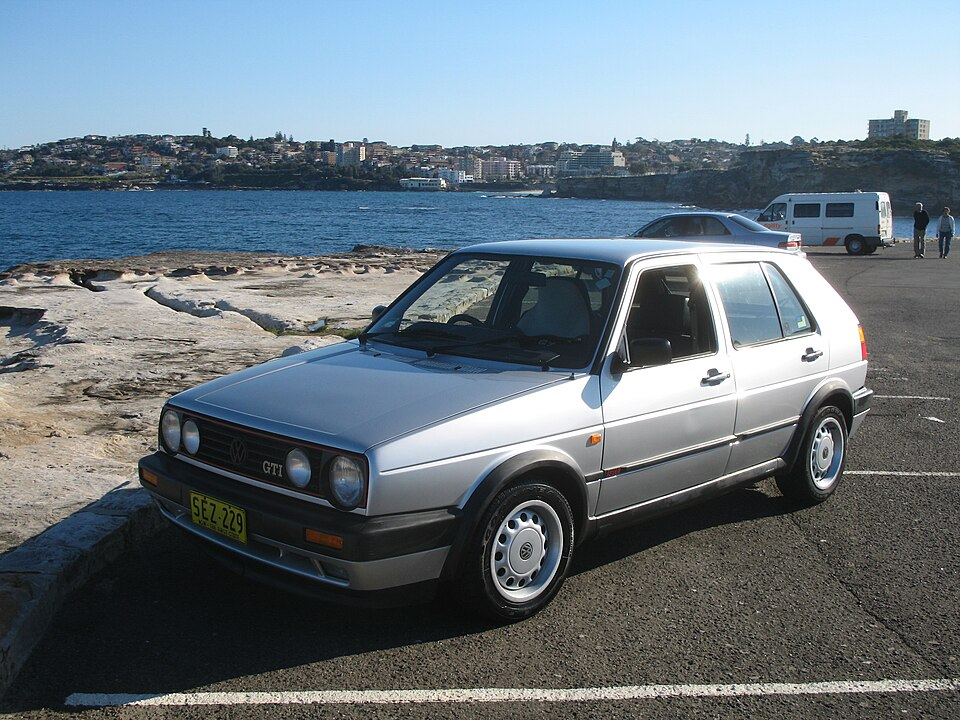
When initially launched this version of the Golf GTI was meant to give sporty hatchback performance at a price many could afford. It was widely used and not treated as a high‑end collectible at the time.
Today, well‑preserved first‑gen GTIs, especially rare colour or low‑mileage examples, can bring $30,000 to $50,000 or more, significantly higher than what many paid originally. Because it introduced the “hot hatch” formula to a broad audience it now stands for a turning point in automotive culture. Owning an original example becomes more about heritage and less about daily commuting.
Saab 900 Classic

This Swedish model started as a practical compact executive car with quirky character and strong engineering (turbocharged models, aerodynamic design) used by everyday drivers. Now, certain versions of the Saab 900 Classic (especially low‑mile turbo convertibles or special editions) are sought after, with values often in the ballpark of $25,000 to $40,000+, depending on condition and originality.
The shift in status comes from its uniqueness, brand character and passionate following. A car that many simply used for errands or commuting becomes interesting when few good ones remain and the story sticks. Its rise in collector interest shows how even relatively modest cars can reach new value when they hit the right ingredients of rarity, story and condition.
Porsche 928
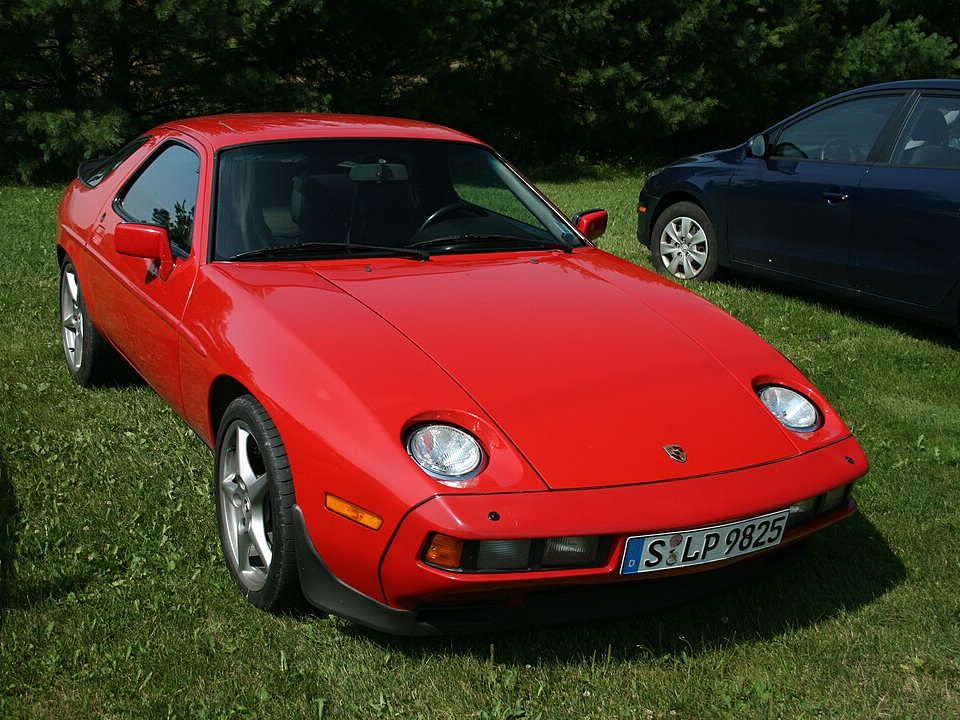
Launched as a front‑engine grand tourer by Porsche, the 928 was intended as a daily driver with comfort and performance rather than a pure sports car. It served many as regular transport.
Today the Porsche 928, especially early V8 models in excellent condition, can fetch $40,000 to $80,000+ depending on rarity, mileage and original specification. Its status shift comes from being something of a sleeper among collector cars: once overlooked compared to Porsche’s sports cars, it is now appreciated for its uniqueness, engineering and declining supply of good examples.
Volkswagen Karmann Ghia
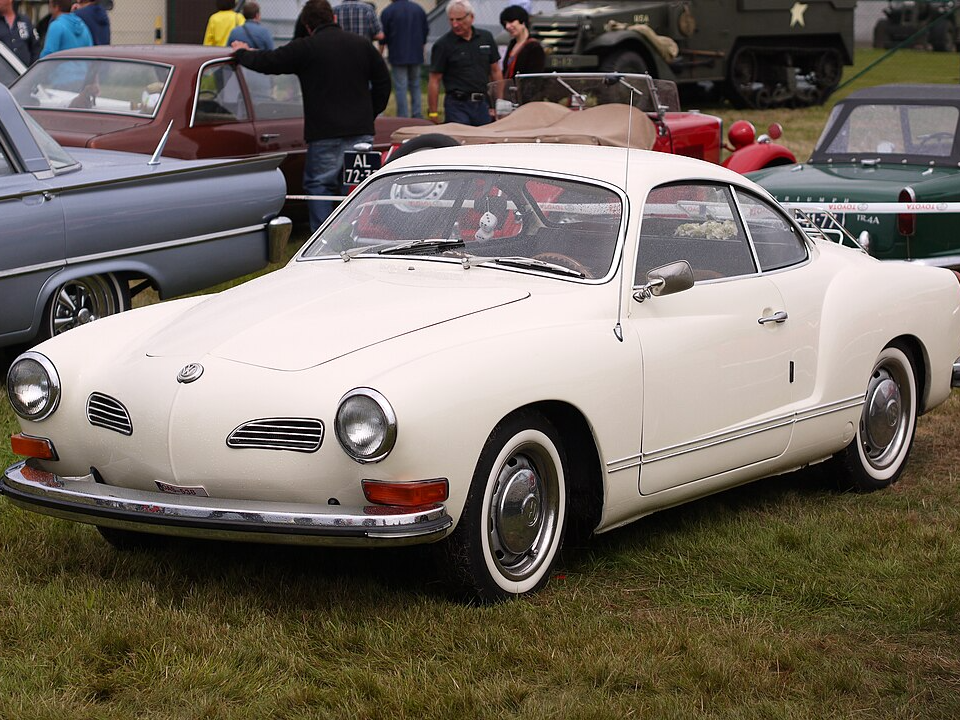
This was a stylish yet affordable car built on the Volkswagen Beetle platform and used by many as a daily driver or casual car, not originally treated as collectible. Now well‑kept Karmann Ghias can command $40,000 to $70,000+ depending on condition and rarity of certain configurations or markets.
Its ascent in value comes from the combination of handsome design and the fact the base mechanicals were simple and long lasting, making surviving examples more desirable. Collectors often value how the car tied practicality, style and character in a way that was unusual for its era, and that helps it stand out now.
Saab Sonett III
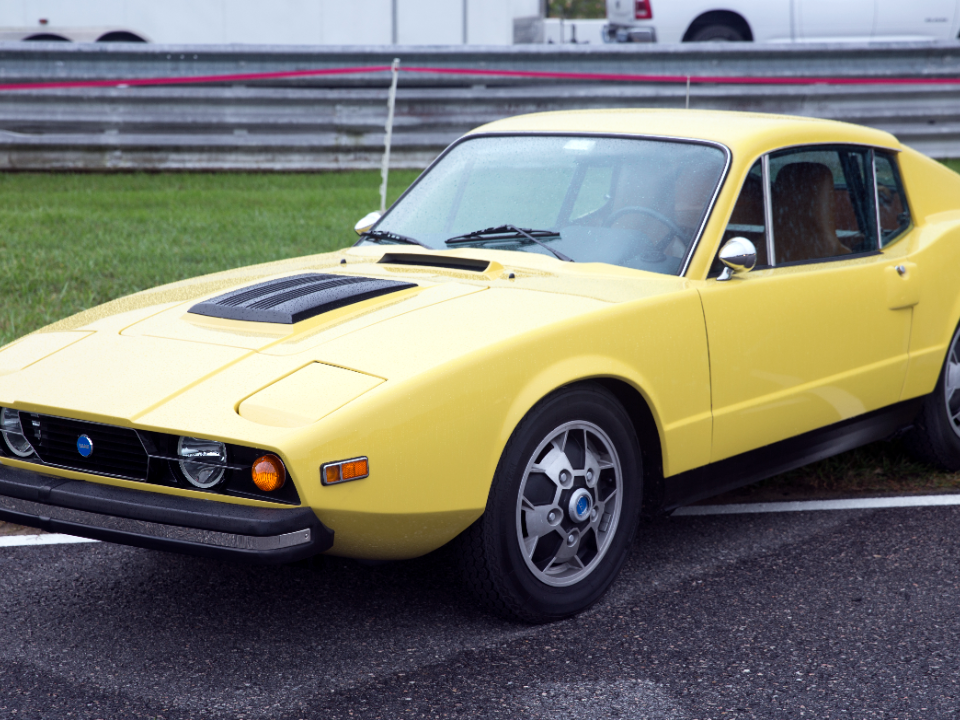
Produced in the early 1970s the Saab Sonett III was a small two‑seater sports coupe from a brand known more for practical cars, so many owners treated it as weekend fun rather than a collector item. Today certain Sonett III models in well preserved form fetch $30,000 to $50,000+ depending on condition, originality and provenance (though this is more niche).
Its collectible status emerges because it blends unusual styling, low production numbers, and a distinct brand story that was not mainstream. When ownership was modest, the rarity is now more noticeable. For enthusiasts this model raises the idea of hidden gems in the used car market that later gain recognition.
American Motors Rambler Classic

Originally this mid‑sized car by AMC (American Motors Corporation) was used widely as everyday transport, especially in the early 1960s, and was not treated as a high‑value collectible at the time. In today’s collector market good examples of the Rambler Classic, especially rare trims or those with documentation, may fetch in the range of $20,000 to $35,000+, depending on condition and market region.
The appeal now lies in its representation of an era of American automotive history where smaller automakers offered alternatives to the big brands. That historical context raises interest among niche collectors. It shows that even cars built in high volumes for ordinary use can reach collectible status when they reflect something culturally distinctive and surviving examples are well maintained.
Ford Mustang (First Generation)

The Ford Mustang started as an affordable sports coupe aimed at the masses when it was launched in 1964. Over time, it became a beloved muscle car, used daily by many owners during the 1960s. Today, a first‑generation Mustang, particularly the early models like the 1964½ to 1966 editions, can bring $25,000 to $50,000 or more, depending on model, originality, and condition.
The Mustang’s rise in value is tied to its status as an American cultural icon, a symbol of freedom and performance. As these early examples have become rarer, well‑preserved and original cars are highly coveted by enthusiasts and collectors.
Its transformation into a sought‑after classic car showcases how a once‑common sight on the streets can become a prized possession over time.
Datsun 240Z
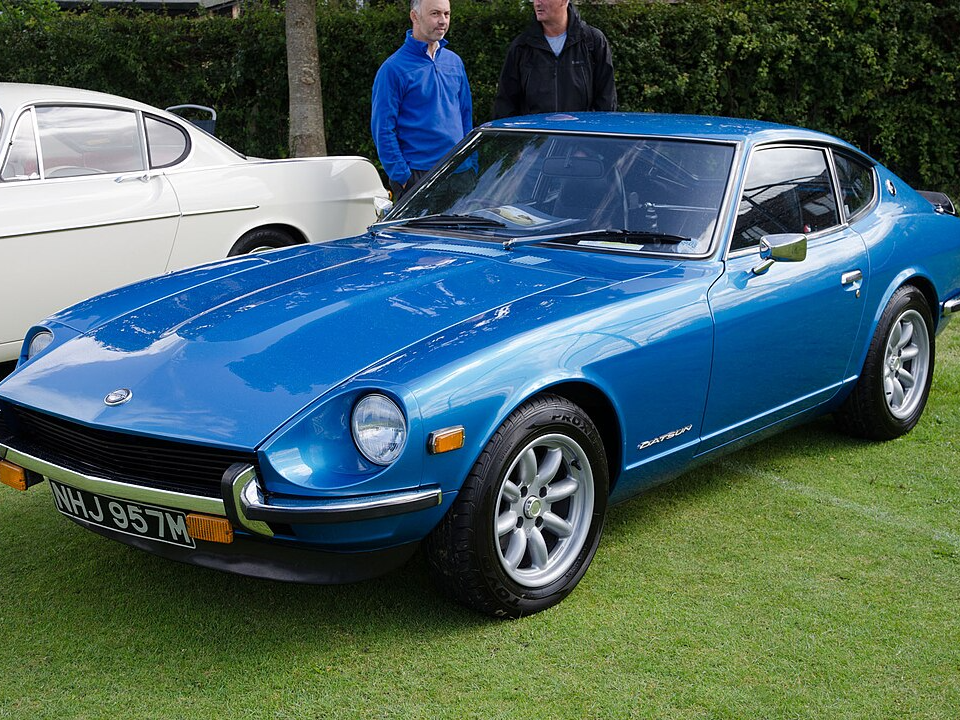
Introduced in the late 1960s, the Datsun 240Z offered a blend of affordable sports car performance and Japanese reliability, which attracted many drivers looking for a fun daily ride. It was well received for its smooth lines and capable engine. Now, a Datsun 240Z in good condition can reach $20,000 to $45,000, with models from the early years (1969–1973) being particularly desirable.
The 240Z’s value has surged as its reputation as a reliable and stylish classic has grown. Enthusiasts now appreciate its combination of lightweight handling and simplicity in design, making it an enduring favorite among classic car lovers. The demand for original or lightly restored examples continues to rise, highlighting how cars once viewed as affordable options can now command high values.
Ford Bronco (First Generation)

The first-generation Ford Bronco, produced from 1966 to 1977, was originally marketed as a rugged off‑road vehicle for those who needed something both utilitarian and fun. It was a common choice for outdoor enthusiasts and weekend adventurers. Now, well‑preserved Broncos from the late 1960s and early 1970s can fetch $30,000 to $75,000 depending on condition, options, and market demand.
The first-gen Bronco’s rise in popularity can be attributed to its tough, classic design and the recent trend of off-road vehicles becoming more mainstream. It has become a favorite among classic car collectors, particularly as fewer original examples remain in good condition. Its increasing value shows how vehicles that were once associated with utility and practicality can rise in status and demand when restored to their original glory.
Mercedes-Benz 280SL (Pagoda)
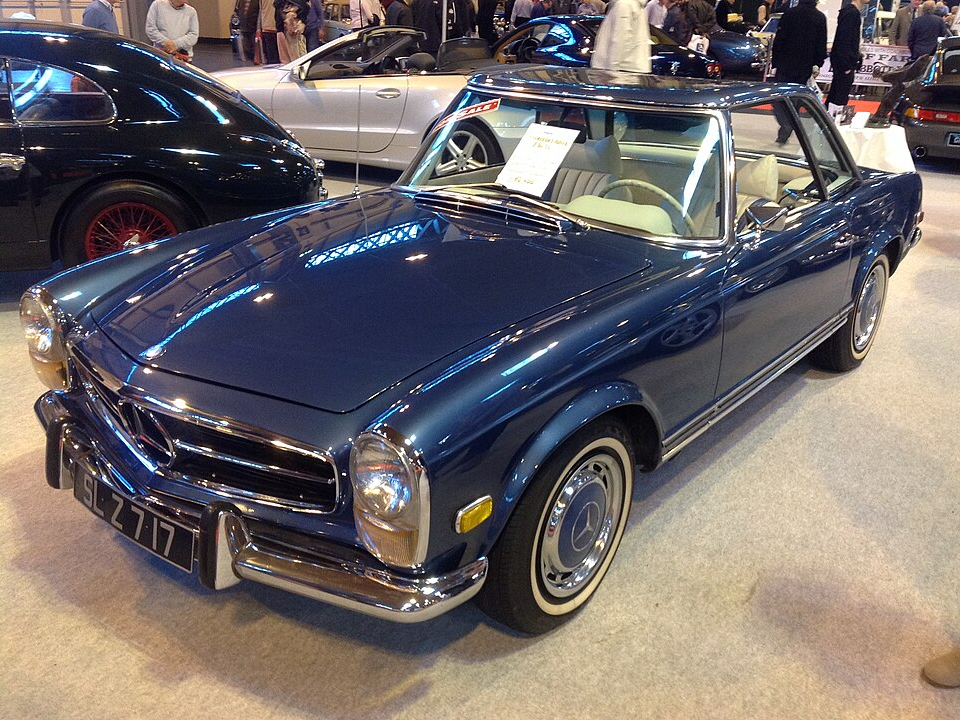
The Mercedes-Benz 280SL, commonly known as the “Pagoda” due to its distinctive hardtop design, was initially introduced as a luxury roadster offering comfort and performance. While many were used as comfortable daily drivers, its elegance made it an attractive option for collectors.Today, a well‑kept 280SL Pagoda can command prices between $40,000 to $90,000 or more, with models from the late 1960s and early 1970s being particularly prized.
The 280SL’s unique design and engineering have allowed it to maintain its place as a highly desirable classic. As fewer unmodified, well‑preserved examples remain, it has moved from a luxury roadster into a full‑fledged collector’s car.
The car’s rise in value highlights how a model once regarded as a daily driver can become a treasured classic, appreciated for its craftsmanship and historical significance.
BMW 2002
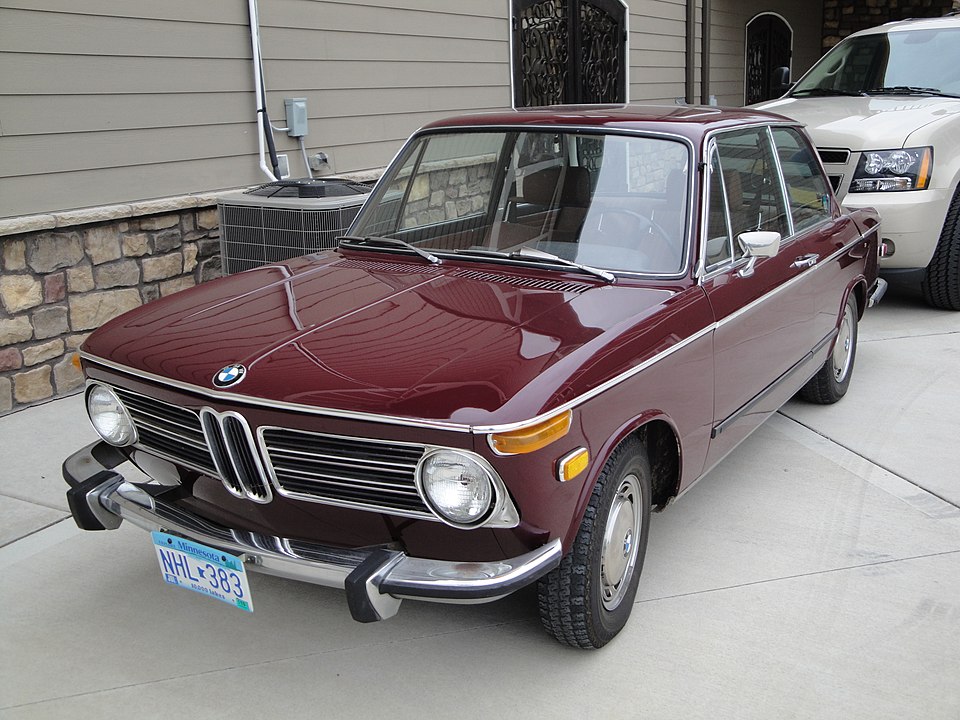
The BMW 2002, particularly the early models, was one of the first vehicles to truly embody the idea of a compact performance car that could be used for daily driving. It became a symbol of sporty driving and was widely appreciated for its handling. Today, the BMW 2002, especially the 2002 tii model with fuel injection, can fetch between $20,000 to $50,000, depending on its condition and originality.
The 2002’s rise in value stems from its role in shaping the BMW brand as a manufacturer of performance vehicles for the masses. As more drivers seek vintage cars with a great driving experience, the 2002 has become one of the most sought‑after classic cars.
Its transition from a daily commuter car to a collectible piece shows how a car with character can maintain its appeal over the years.
This article originally appeared on Avocadu.
